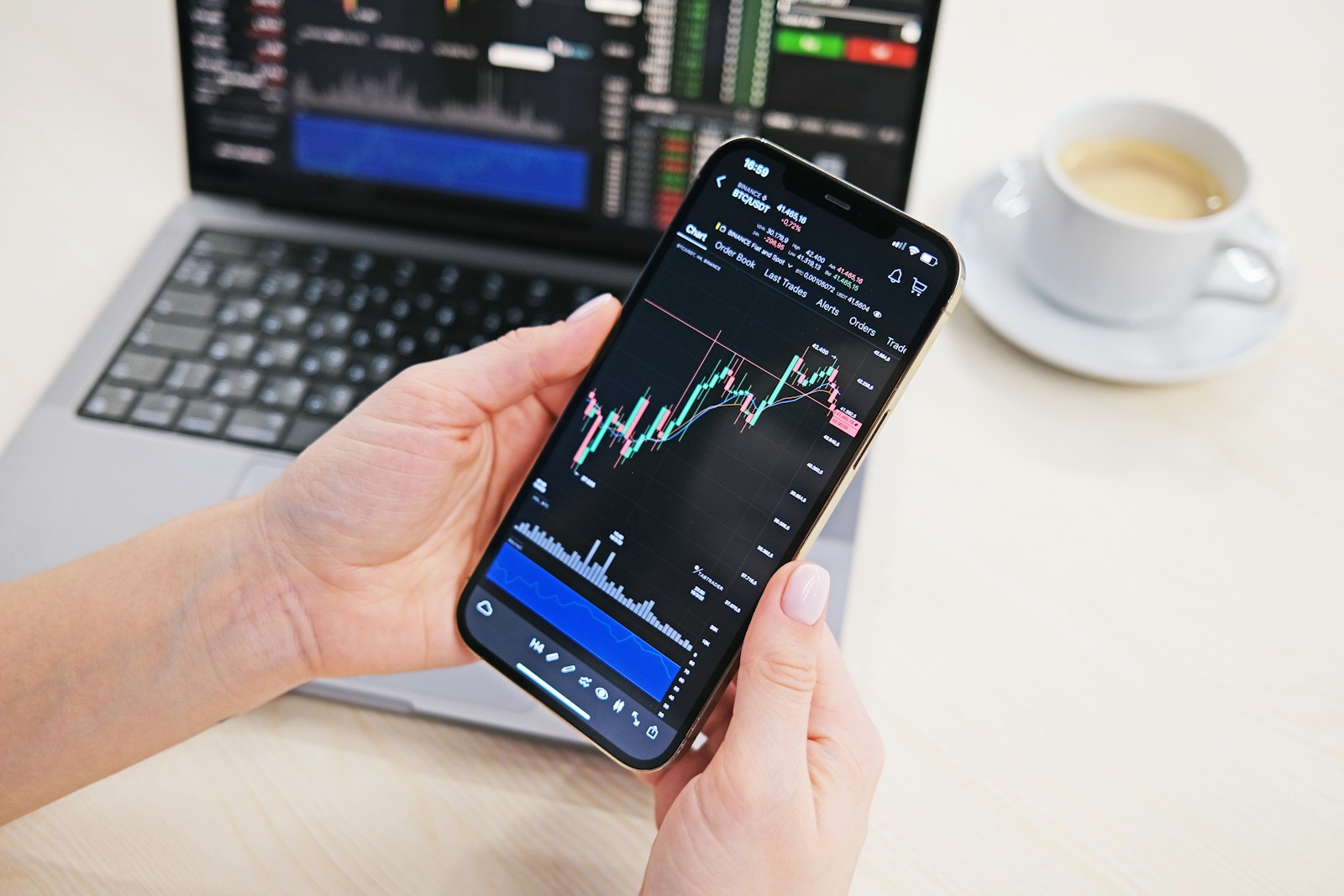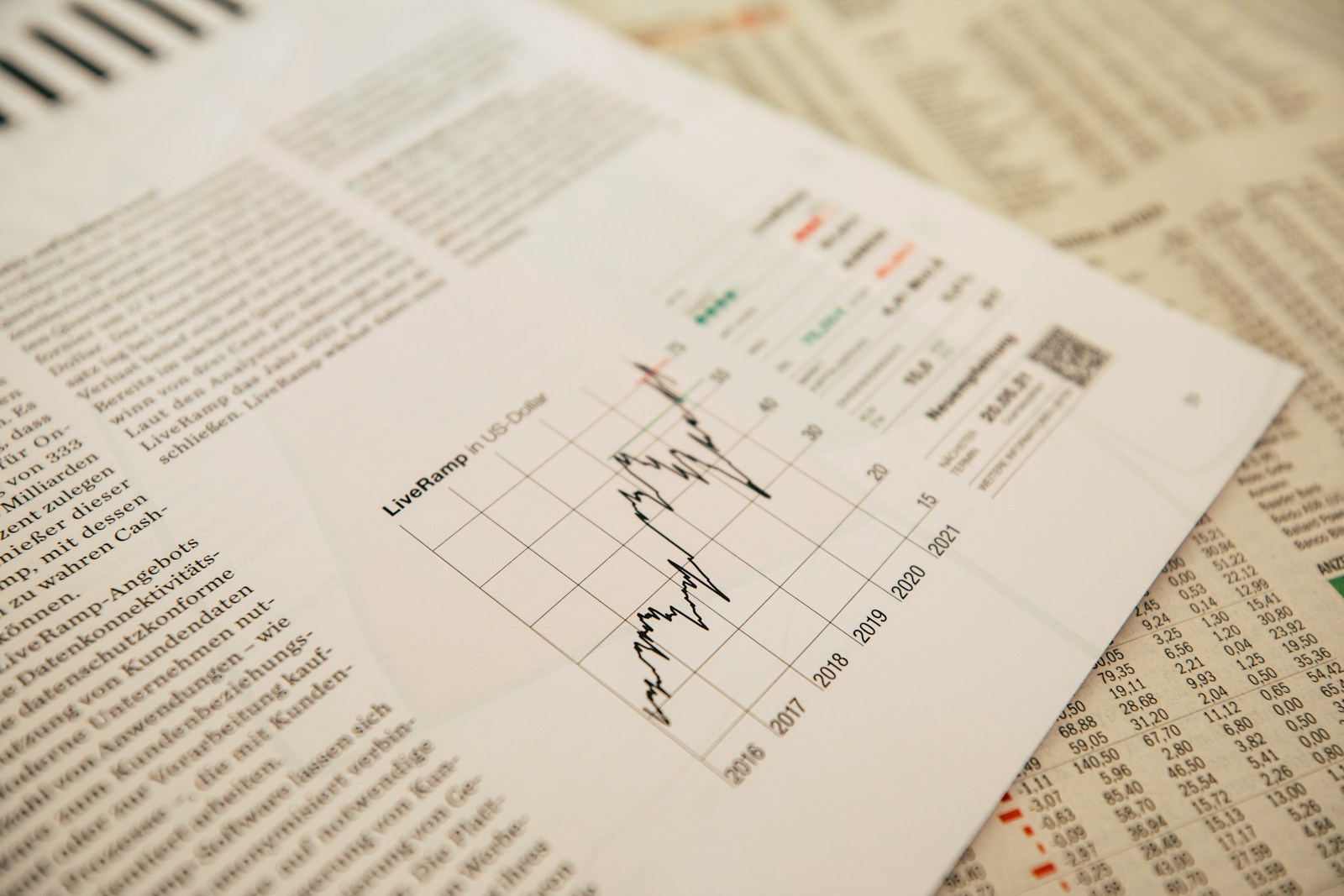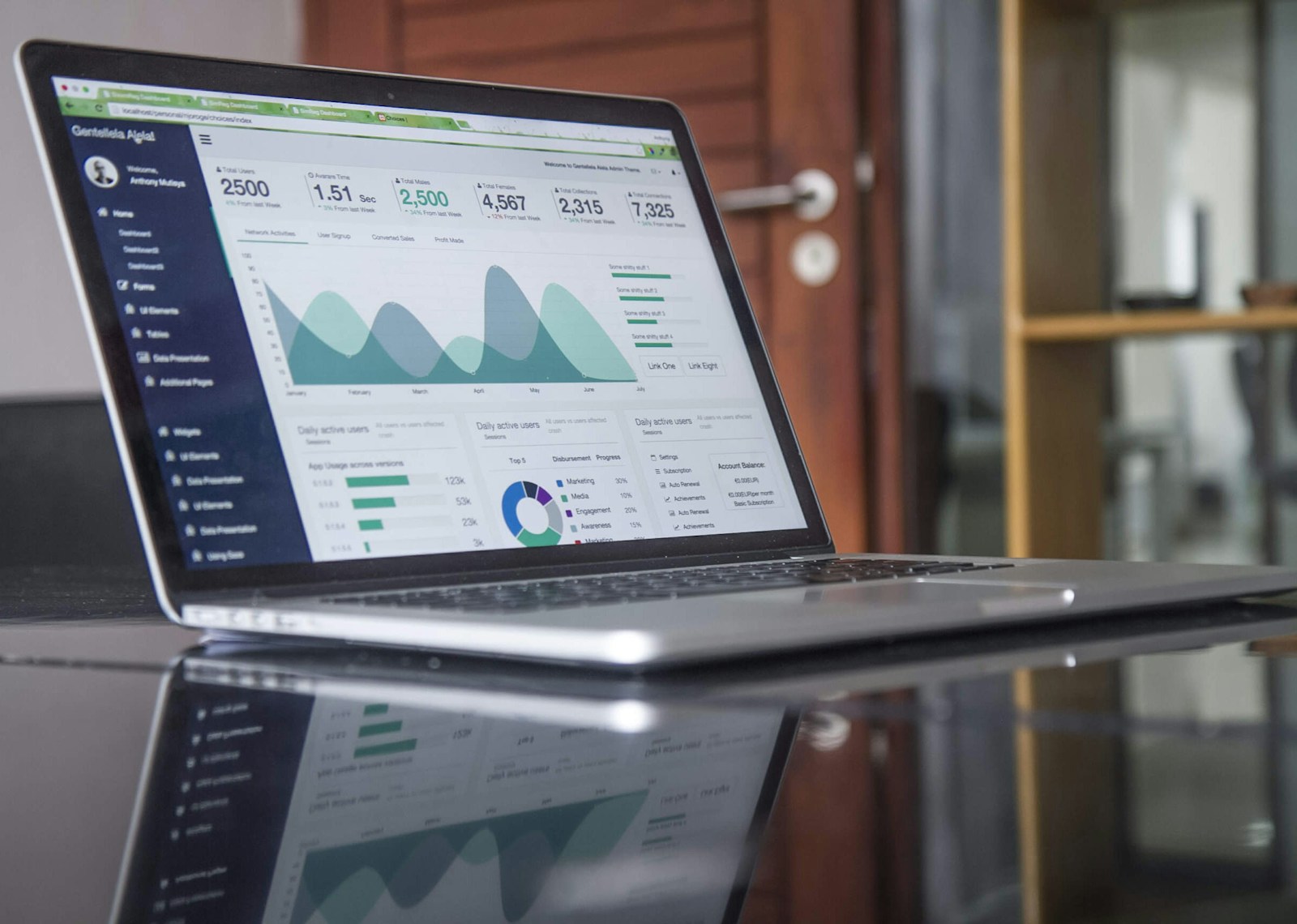
Capturing alpha in digital asset trading demands more than traditional tactics. As liquidity deepens and algorithmic strategies proliferate, identifying exploitable inefficiencies within blockchain-based tokens has become increasingly elusive. For instance, decentralized exchanges now account for over 30% of total crypto volume, compressing spreads and limiting arbitrage opportunities that once drove outsized returns.
Heightened rivalry among quantitative funds and retail investors alike intensifies the challenge. Sophisticated models leveraging on-chain analytics, sentiment indicators, and high-frequency data have elevated the baseline of competition. This escalation means previously successful approaches–momentum chasing or simple technical setups–lose edge quickly as adaptive participants neutralize predictable patterns.
Effective strategy formulation must incorporate real-time data integration and dynamic risk controls to maintain advantage. Consider how machine learning frameworks now adjust portfolio allocations based on microstructure shifts within seconds rather than hours. Without such responsiveness, attempts at capturing excess returns often degrade into costly guesswork amid tightening price discovery processes.
Ultimately, diminishing informational asymmetries and faster dissemination channels reinforce a near frictionless environment where generating consistent outperformance requires innovation beyond conventional methods. Can newer paradigms like cross-asset correlation exploitation or synthetic derivative overlays sustain persistent value generation? The evidence suggests only those who evolve their playbook will navigate this sophisticated ecosystem successfully.
Market efficiency: why beating crypto gets harder [Trading & Investment trading]
Achieving a consistent advantage in cryptocurrency trading is becoming increasingly elusive as the trading environment matures. The surge of sophisticated algorithms, institutional participation, and improved information dissemination has significantly narrowed the potential for extracting alpha. For instance, decentralized exchanges now incorporate advanced automated market maker models that reduce arbitrage opportunities previously exploited by retail traders.
The rise in competition among market participants directly impacts the available edge for investors. High-frequency trading firms deploy complex strategies leveraging millisecond-level latency arbitrage, making traditional technical analysis less effective. According to recent data from Chainalysis, on-chain transaction monitoring tools have enhanced transparency, reducing information asymmetry that once favored early adopters or insiders.
Increasing integration of quantitative methods and AI-driven analytics
Quantitative models powered by machine learning have become standard tools for many hedge funds operating within this sector. These systems analyze vast datasets encompassing price movements, social sentiment indices, and network activity to identify subtle patterns undetectable to human traders. A 2023 study published by MIT demonstrated that AI-based predictive models reduced forecasting errors by up to 15% compared to traditional statistical approaches in volatile digital asset markets.
The proliferation of readily accessible data sources also amplifies competitive pressure. Public blockchain ledgers combined with real-time news aggregation enable swift incorporation of new information into prices, compressing reaction times for all stakeholders. This accelerated feedback loop means that any exploitable inefficiency often disappears within seconds, challenging discretionary traders who rely on slower manual decision-making.
- Institutional-grade custody solutions have increased trust and liquidity in large-cap tokens.
- Regulatory clarity in jurisdictions like the US and EU attracts more capital inflows.
- Cross-exchange arbitrage bots capitalize on narrowing spreads but face diminishing returns due to latency equalization.
Reflecting on historical episodes such as the 2017 ICO boom or the DeFi craze of 2020 reveals how transient informational advantages can be. Early entrants earned outsized returns before widespread awareness corrected pricing disparities. Today’s landscape demands more granular insights–like analyzing gas fee spikes signaling network congestion–to anticipate short-term volatility effectively.
Ultimately, maintaining a durable advantage requires continuous innovation and adaptation rather than reliance on static strategies. Investors must integrate multi-dimensional datasets including order book depth, miner behavior analytics, and macroeconomic indicators influencing capital flows into digital assets. As competition intensifies and technological barriers lower entry costs, securing persistent outperformance becomes an exercise in constant evolution rather than discovery of one singular edge.
Crypto Arbitrage Opportunities Shrinking
Arbitrage profits in digital asset trading have significantly diminished due to heightened competition among traders and advanced algorithmic strategies. In 2020, typical spreads between major exchanges like Binance and Coinbase often exceeded 1%, providing clear alpha for arbitrageurs. By mid-2023, these spreads narrowed below 0.1%, largely eroding the potential edge that once existed. Increased synchronization of order books via cross-exchange APIs and faster settlement times contribute directly to this compression.
High-frequency trading firms equipped with colocated servers and low-latency access dominate the space, leaving little room for discretionary traders to capture meaningful returns. For instance, firms utilizing smart order routing systems can simultaneously execute buy and sell orders across multiple venues within milliseconds, nullifying temporal price discrepancies before manual intervention is possible. This progression reflects a maturing ecosystem where price divergence windows close rapidly.
Technological Advancements Tighten Profit Margins
The deployment of sophisticated market-making bots employing machine learning models has elevated transactional precision, further squeezing arbitrage margins. These bots continuously analyze microstructure signals such as order flow imbalance and liquidity pools on decentralized exchanges (DEXs) to anticipate short-lived inefficiencies. A recent case study involving Uniswap v3 demonstrated that impermanent loss risk combined with gas fees negates most triangular arbitrage attempts in Ethereum’s DeFi sector.
Moreover, improvements in cross-chain bridges reduce delays in transferring assets between chains, thus limiting arbitrage opportunities originating from inter-protocol latency. Networks like Polygon and Avalanche now facilitate near-instant token swaps with minimal slippage, contrasting starkly with earlier periods when bridging lag created exploitable price gaps. Traders must therefore weigh transaction costs against expected gains more rigorously than before.
- Reduced latency: Sub-millisecond trade execution narrows timing advantages.
- Advanced analytics: Real-time sentiment analysis integrates social media data for anticipatory moves.
- Regulatory clarity: Standardized compliance frameworks increase transparency but raise operational costs.
This convergence toward increased parity across platforms necessitates a reevaluation of how alpha is pursued within the sector. Manual or semi-automated approaches struggle against fully automated systems optimized for speed and precision. To maintain an edge, traders increasingly rely on proprietary data feeds or niche instruments less penetrated by large entities–such as small-cap tokens on emerging blockchains or layer-two scaling solutions still exhibiting fragmentation.
An illustrative example comes from Solana-based decentralized exchanges where network outages occasionally cause transient mispricings; however, these are sporadic and unpredictable rather than consistent profit sources. Consequently, participants focusing solely on pure arbitrage face diminishing returns unless paired with broader strategies incorporating fundamental research or directional bets informed by technical indicators.
Algorithmic Trading Impact on Profits
Algorithmic trading has significantly compressed the alpha available to individual and institutional traders alike. As automated strategies proliferate, the opportunity to maintain a genuine edge diminishes sharply. For instance, high-frequency trading firms executing thousands of orders per second capture tiny inefficiencies that manual traders cannot exploit, reducing profit margins for all participants relying on slower or less sophisticated tactics.
Data from recent months illustrates this trend clearly: quant-driven funds reported an average Sharpe ratio decline of 12% compared to previous years, reflecting intensified competition among algorithms operating within milliseconds. This escalation in strategic complexity means that traditional rule-based models underperform without constant refinement using machine learning and adaptive heuristics tailored to evolving liquidity conditions and volatility spikes.
Technological Advancements and Strategy Adaptation
The rise of advanced computational power and access to granular order book data have driven a surge in algorithm sophistication. Traders now deploy hybrid strategies combining momentum signals with microstructure analysis, such as imbalance detection and spread crossing frequency, seeking incremental gains imperceptible to human analysis alone. Yet these finely tuned approaches require substantial infrastructure investments–co-location services, ultra-low latency connections–and continuous model recalibration to sustain profitability amid fierce rivalry.
Consider the example of a proprietary firm leveraging reinforcement learning algorithms that dynamically adjust parameters based on real-time feedback loops; while this can yield marginally higher returns than static strategies, it also demands extensive backtesting across diverse market regimes. Consequently, only organizations capable of maintaining iterative development cycles retain any measurable advantage over passive execution or simpler quantitative methods.
Information flow speed in markets
The velocity at which data disseminates across trading environments directly influences the potential to extract excess returns. Rapid information transmission compresses the window for exploiting arbitrage opportunities, making it increasingly challenging to maintain an edge through traditional analytical approaches. For instance, high-frequency trading firms leverage sub-millisecond latency advantages to capitalize on fleeting price discrepancies that manual strategies cannot match.
In decentralized finance ecosystems, such as blockchain-based token exchanges, the propagation delay varies significantly depending on network congestion and consensus mechanisms. Ethereum’s average block time of approximately 13 seconds introduces a natural latency absent in centralized venues where updates occur within microseconds. This discrepancy affects how quickly new fundamentals or transactional data become actionable, thereby shaping the tactical frameworks traders employ.
Latency impact on alpha generation
Alpha extraction hinges on timely access to fresh insights before competitors assimilate equivalent intelligence. As latency shrinks due to technological advancements and improved infrastructure, the margin for outperformance narrows. Empirical studies indicate that over 70% of intraday volatility is priced within milliseconds after news releases in mature equities markets – a phenomenon increasingly mirrored in cryptocurrency derivatives platforms with growing institutional participation.
Competition intensifies as algorithmic models continuously refine their reaction times using machine learning-enhanced signal processing. A notable example is Jump Trading’s deployment of FPGA-based systems enabling near-instantaneous order book updates and predictive analytics. Such sophistication forces discretionary traders to pivot towards niche inefficiencies or longer-term thematic plays rather than rely solely on momentary mispricings.
Strategic adaptation involves integrating multi-source feeds including social media sentiment, on-chain metrics, and traditional financial indicators into unified decision engines operating at ultra-low latency thresholds. For instance, Santiment’s real-time blockchain analytics combined with Twitter sentiment tracking can identify emerging trends minutes ahead of broader market recognition, providing a competitive advantage that purely technical approaches may miss.
The evolution of regulatory frameworks also influences information dissemination speed by mandating transparency protocols and standardized reporting intervals. The recent implementation of MiFID II-like regulations in certain jurisdictions enforces stricter disclosure requirements for digital asset transactions, reducing asymmetries among participants. Consequently, this regulatory-driven uniformity elevates overall market integration but diminishes opportunities founded solely on informational delays.
Role of Institutional Investors Rising
Institutional investors increasingly shape the dynamics of digital asset trading by deploying sophisticated strategies aimed at extracting alpha from highly competitive environments. Their advanced data analytics, algorithmic trading systems, and access to deep liquidity pools provide a significant edge over retail participants. For instance, hedge funds leveraging on-chain data and sentiment analysis have demonstrated improved predictive accuracy, reducing information asymmetry and compressing potential returns for less equipped traders.
The entrance of large-scale entities also intensifies competition, which in turn accelerates the erosion of exploitable inefficiencies within these markets. According to a 2023 study by Chainalysis, institutional holdings rose by nearly 40% year-over-year, coinciding with a measurable decline in arbitrage opportunities across major digital asset exchanges. This shift compels market players to refine their approaches continuously; traditional buy-and-hold strategies yield diminishing alpha as pricing mechanisms become more reflective of real-time information flows.
Strategic Implications of Institutional Involvement
Institutions adopt multifaceted tactics combining quantitative models with fundamental research to maintain an edge. For example, proprietary machine learning algorithms analyze vast datasets–from transaction volumes to miner activity–to uncover subtle signals that may precede price movements. These methods contrast sharply with earlier periods when fragmented liquidity and limited transparency allowed simpler momentum or trend-following strategies to succeed. The resulting environment demands greater precision and adaptability in portfolio construction.
Moreover, increased institutional participation drives operational enhancements such as improved custody solutions, regulatory compliance frameworks, and risk management protocols. These developments contribute to more orderly markets but simultaneously raise the bar for achieving excess returns. Entities must now integrate cross-asset correlations and macroeconomic variables into their decision-making processes to outpace peers who benefit from similar technological resources.
Case studies like Grayscale’s asset inflows or BlackRock’s recent venture into blockchain-based ETFs illustrate how capital scale influences market depth and volatility patterns. While this fosters higher overall stability, it also means that alpha generation requires more nuanced insight rather than simple exploitation of transient mispricings. As efficiency gains narrow margins, participants continually seek novel information sources and execution improvements–making sustained outperformance a complex challenge even for well-funded investors.
Risk Management in Volatile Crypto: Maintaining an Edge Amid Intensifying Competition
Adopting a dynamic risk strategy is paramount as alpha generation becomes increasingly elusive. The rapid influx of sophisticated participants, algorithmic traders, and institutional capital has compressed inefficiencies, leaving minimal room for traditional arbitrage or momentum-based approaches. For instance, volatility-targeting models that adjust exposure in real-time based on realized variance have demonstrated up to 15% drawdown reduction compared to fixed-leverage strategies during recent market turbulence.
Competition intensifies the need for integrating multi-layered hedging tools and leveraging alternative data sources such as on-chain analytics and sentiment indicators. These inputs enhance predictive accuracy, providing a fractional but critical advantage over passive frameworks. Consider how incorporating network activity metrics alongside price signals enabled certain hedge funds to anticipate downturns in Q1 2024, thus preserving capital amid sharp corrections.
Technical Implications and Future Trajectories
- Algorithmic Adaptation: Static rulesets falter under swift regime shifts; adaptive algorithms employing reinforcement learning can recalibrate risk parameters dynamically, improving survivability.
- Diversification Beyond Tokens: Exposure to derivatives, staking derivatives, and layer-2 protocol tokens offers asymmetric payoff structures that reduce overall portfolio beta without sacrificing upside potential.
- Latency and Execution Efficiency: Minimizing slippage through optimized routing protocols and co-location services sustains microstructural advantages that generate incremental alpha.
The narrowing margin for outperformance mandates continuous refinement of both quantitative models and qualitative judgment calls. As volatility persists but patterns evolve faster than ever before, maintaining an informational edge requires embracing hybrid strategies that combine automated precision with discretionary oversight. The question remains: can one anticipate structural inflection points before they manifest broadly? Those who succeed will harness deep data integration alongside robust capital preservation frameworks.
In sum, the path forward demands elevating risk management from a defensive necessity to a strategic lever driving sustainable returns amid mounting rivalry. Navigating this complexity effectively transforms perceived obstacles into opportunities–provided one consistently adapts to shifting dynamics rather than relying on static playbooks.








